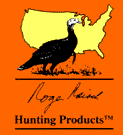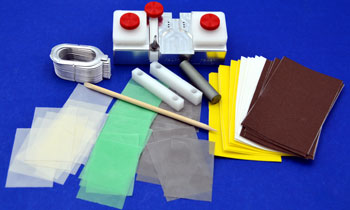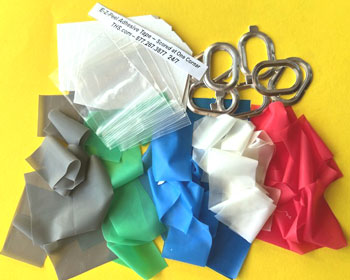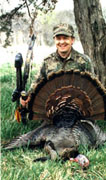By far the best shot
is to break the turkey's backbone. This will
immediately immobilize the bird and it should die quickly. To
get the best chance to hit the back, wait until the bird is standing erect with its back
toward you. If the bird is feeding or walking with its
head down, the spine is moving which presents a poor target. A bird with its head down can be made to stand erect by making one or two
sharp putts or clucks with your call. While the spine
shot is the best, you will not always have a chance for it.
|
If the bird is
facing you (breast-on), an arrow placed four inches below the base of the neck is good. This should be approximately an inch below where the beard is
attached to a male turkey. This hit may break the back as it exits the body and it
should cause damage to the heart or lungs, or break a wing or leg.
|
A broadside shot can
be good if you can hit the point where the wing butt connects to the bird's body. This is a relatively high position on the body. It will
break a wing or the backbone, or pierce the heart or lungs.
|
A hit in the liver
is vital, but usually the bird does not react like it was hit very hard. This is not a preferred shot, but it is deadly. The liver is
located high, close to the backbone and about two-thirds of the way back on the bird.
|
Shooting at a
strutting spring gobbler is risky business because his feathers are puffed up making the
location of a vital area difficult to determine. If you
make a cluck or two, the gobbler will usually come out of strut, stand erect with its head
high, feathers smoothed down, and take it like a man! Sometimes the bird just won't
break out of strut. If you have to chance a shot, your best opportunity for a vital
hit is when he turns his fanned tail toward you. The SECRET
is to aim at the vent (base of the tail--his anus).
Your arrow should hit the heart, lungs or liver and may also break a leg or wing
too. I call this the Texas Heart Shot....You'll Like
It! If he simply won't come out of strut and present
you with this shot, try the breast-on shot, aiming just below where his beard is
attached. When taking a broadside shot at a strutting gobbler, aim in front of the
secondary wing feathers near where the black-tipped body feathers begin. It's a good
idea to practice with a Full
Strut Archery Target, because sometimes gobblers just
won't stop strutting. Photos of all aiming points on a gobbler are contained in the Turkey Hunting
Secrets DVD
|
Practice until you can hit
a softball-sized target at 20 yards, because that's the size of a turkey's vital area. |
|
|
| top ^ |
| |
t
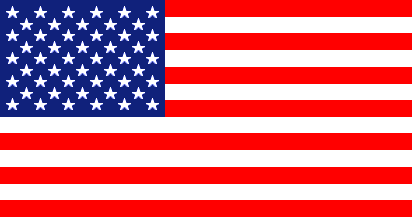
God Bless America
|
View
Cart & Check-Out
NOVEMBER
2025
877.267.3877
515.299.5388
24 / 7
WE answer
our
phones Personally!
|
|
